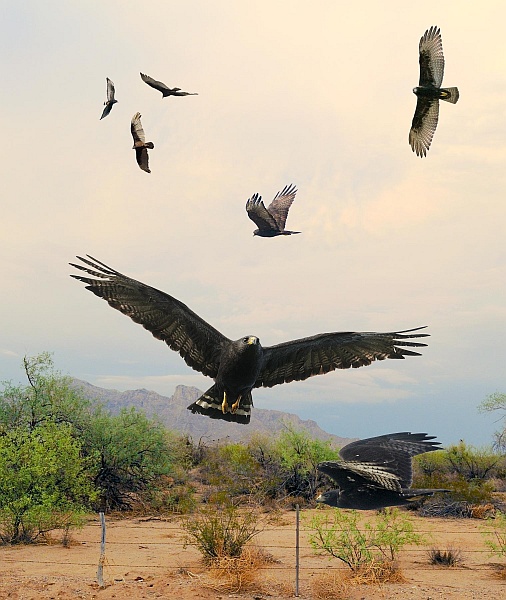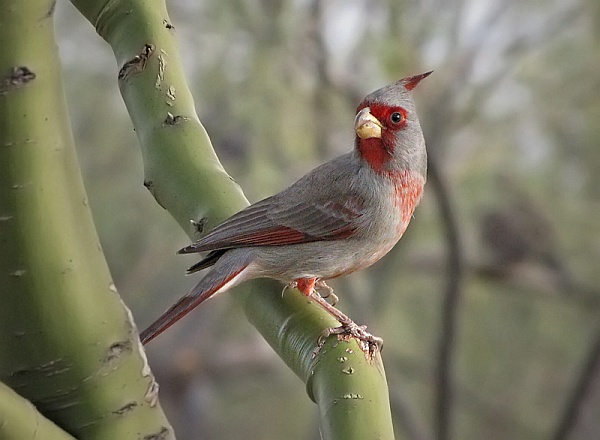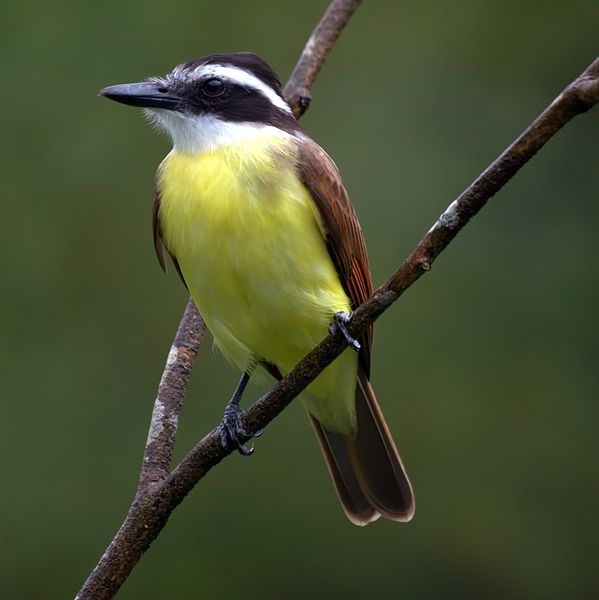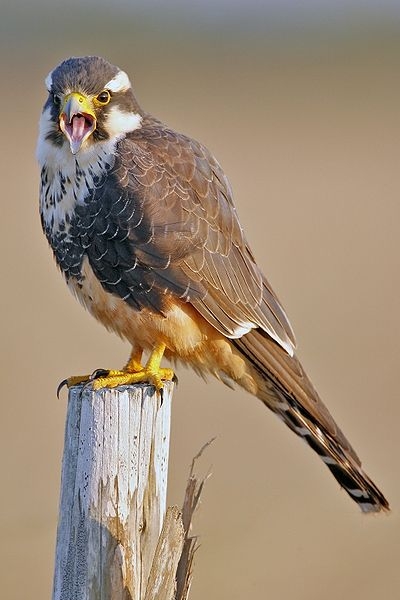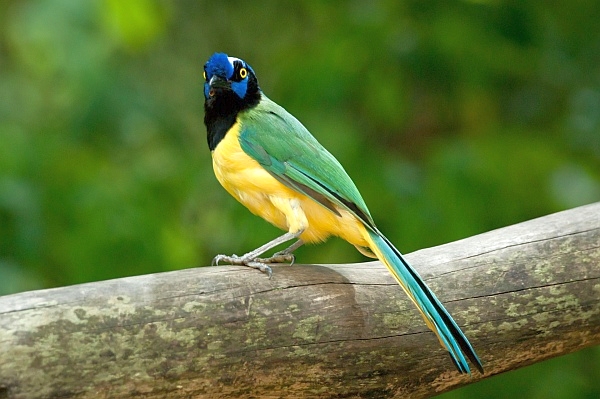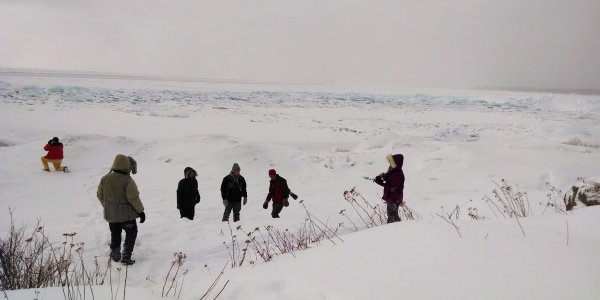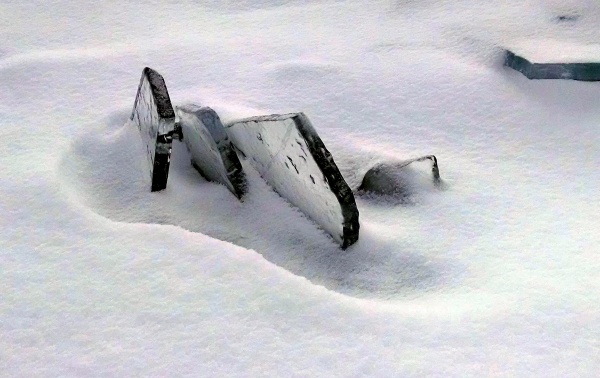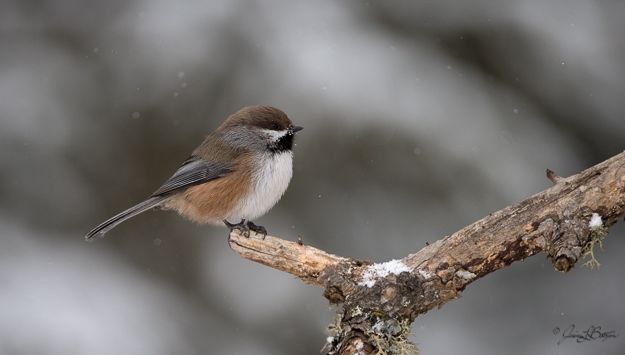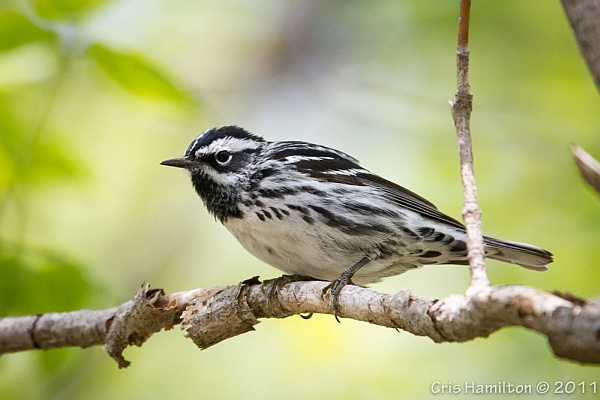
Today I’m flying to a place that shares my name for a week of hiking with the Keystone Trails Association and Treks & Trails International.
When I heard about the trip last year I thought, How could I not visit St John in the U.S. Virgin Islands? My husband wasn’t interested (he’d had obligations in Pittsburgh and now he can’t travel because of his concussion) but I knew this would be a great opportunity to visit warblers at their winter home.
Many warblers go to Central and South America for the winter but some stay in the Caribbean. The most common ones at St. John are: yellow warbler, northern parula, blackpoll warbler, black and white warbler (above), American redstart and northern waterthrush.
I expect to see this bird in the coming week … and many birds I’ve never seen before.
Stay tuned. 🙂
p.s. Internet access is spotty at St. John so I’ve written and pre-scheduled this week’s blogs ahead of time. I might not post/respond to your comments this week but I’ll be very active online next weekend!
(photo by Cris Hamilton)
